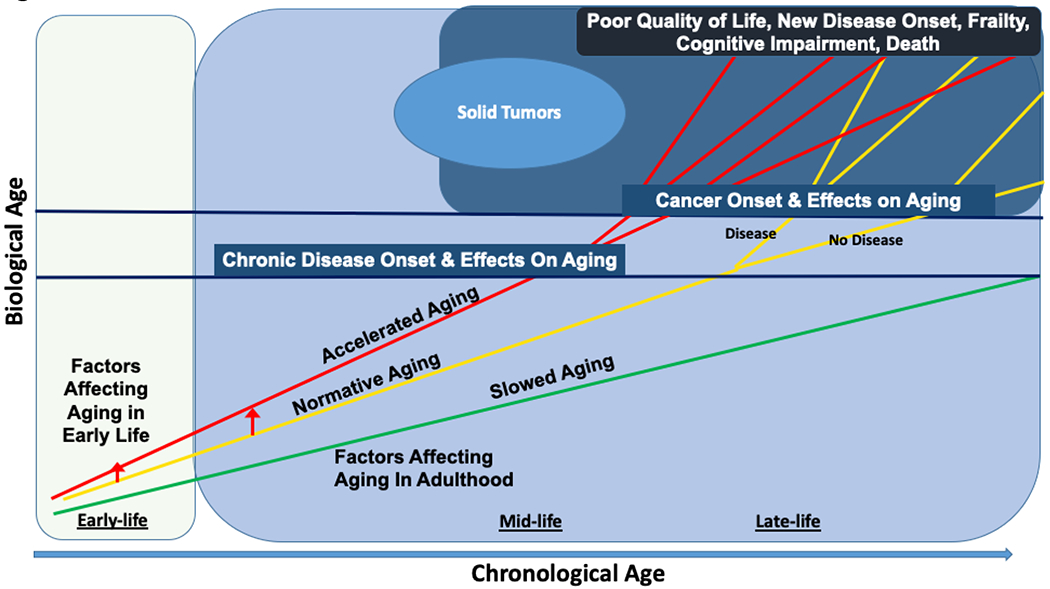Figure 2. Life Course Framework of Biological Aging in Cancer Patients and Survivors.

This figure depicts the relationships between biological aging and cancer over the life course. Biological aging begins at birth. Most individuals age gradually (“normative aging,” yellow line), some age slowly (green line), and others show “accelerated aging” (red line). Early life events can increase the risk of a change in slope of aging and result in a shift from normative to accelerated aging (red arrow). In adulthood, individuals may be exposed to factors that can shift their biological age from normative aging to accelerated aging, with a steeper slope of increase over time (red arrow). Non-cancer chronic diseases (first blue horizontal line) can occur or not at different chronological ages based on biological aging. The branching lines for each of the three aging trajectories show that those that develop non-cancer chronic disease proceed with a higher slope of biological aging, and those that do not develop chronic disease proceed along their original biological aging trajectory. The net effect of biological aging and non-cancer chronic disease can be to increase the risk of cancer if death does not occur earlier from other causes. After cancer and its therapies, biological age trajectories can branch again, where some individuals maintain their pre-cancer aging trajectory while others experience an increase in their slope of aging (i.e., have an increase in biological aging).
